Ditapis dengan
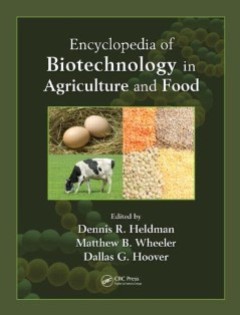
Encyclopedia of Biotechnology in Agriculture and Food
The Encyclopedia of Biotechnology in Agriculture and Food provides users with unprecedented access to nearly 200 entries that cover the entire food system, describing the concepts and processes that are used in the production of raw agricultural materials and food product manufacturing. So that users can locate the information they need quickly without having to flip through pages and pages of …
- Edisi
- -
- ISBN/ISSN
- 978-0-8493-5027-6
- Deskripsi Fisik
- 1342 hlm.
- Judul Seri
- -
- No. Panggil
- -
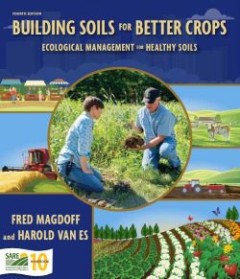
Building Soils for Better Crops: Ecological Management for Healthy Soils
The 4th edition of Building Soils for Better Crops is a one-of-a-kind, practical guide to ecological soil management. It provides step-by-step information on soil-improving practices as well as in-depth background―from what soil is to the importance of organic matter. It will show you how different physical, chemical and biological factors of the soil interconnect, and how management practice…
- Edisi
- 4
- ISBN/ISSN
- 978-1888626193
- Deskripsi Fisik
- 410 hlm.
- Judul Seri
- Handbook Series 10
- No. Panggil
- -
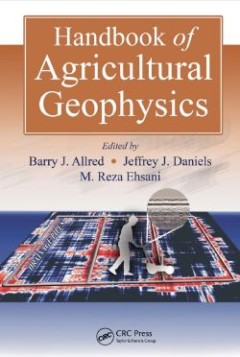
Handbook of Agricultural Geophysics (Books in Soils, Plants, and the Environm…
Precision farming, site infrastructure assessment, hydrologic monitoring, and environmental investigations — these are just a few current and potential uses of near-surface geophysical methods in agriculture. Responding to the growing demand for this technology, the Handbook of Agricultural Geophysics supplies a clear, concise overview of near-surface geophysical methods that can be used in a…
- Edisi
- -
- ISBN/ISSN
- 978-0-8493-3728-4
- Deskripsi Fisik
- 434 hlm.
- Judul Seri
- -
- No. Panggil
- -
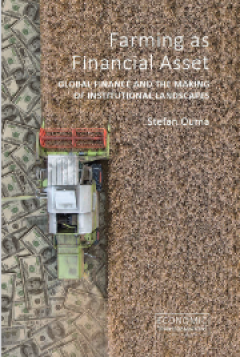
Farming as Financial Asset: Global Finance and the Making of Institutional La…
Since the global financial crisis, the world has seen a stark rise in financial investment in farming and agricultural production. Indeed, finance has been identified as one of the main causes of the so-called "global land rush". In a world with a growing population that needs to be fed, the financial returns from agriculture are sold as safe bets. The debate that this has prompted has been fre…
- Edisi
- -
- ISBN/ISSN
- 978-1-78821-187-1
- Deskripsi Fisik
- 222 hlm.
- Judul Seri
- -
- No. Panggil
- -
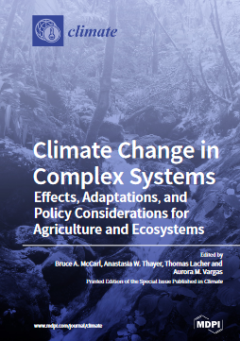
Climate Change in Complex Systems:Effects, Adaptations, and Policy Considerat…
Climate change is altering agricultural production and ecosystems around the world. Future projections indicate that additional change is expected in the coming decades, forcing individuals and communities to respond and adapt. Frequently, agriculture and ecosystems are seen as separate entities, resulting in entity-specific solutions in response to threats. Anthropogenic climate change simulta…
- Edisi
- -
- ISBN/ISSN
- 978-3-03936-943-0
- Deskripsi Fisik
- 148 hlm.
- Judul Seri
- -
- No. Panggil
- -
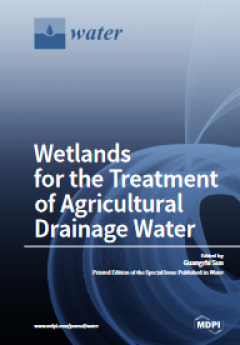
Wetlands for the Treatment of Agricultural Drainage Water
Agricultural drainage, such as runoffs from farmlands and wineries, are contaminated waters. Their management is monitored by environmental protection authorities who set targets of volume or pollutant reductions. Due to large quantities and seasonal variations, the targets are often not met, and effective management remains a problem in many parts of the world. Natural wetlands are known as th…
- Edisi
- -
- ISBN/ISSN
- 978-3-03897-209-9
- Deskripsi Fisik
- 152 hlm.
- Judul Seri
- -
- No. Panggil
- -
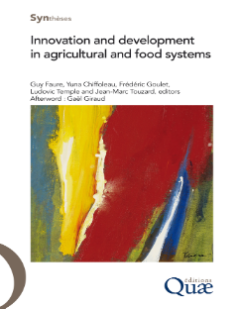
Innovation and Development in Agricultural and Food Systems
Innovation is often presented as one of the main catalysts for more sustainable and inclusive development. In the agricultural and food sectors, innovation is characterized not only by specificities arising from its relationship to nature, but also from the wide diversity of its stakeholders, ranging from farmers to consumers, and including intermediaries such as the research community and advi…
- Edisi
- -
- ISBN/ISSN
- 978-2-7592-2960-4
- Deskripsi Fisik
- 348 hlm.
- Judul Seri
- -
- No. Panggil
- -

Agricultural Implications of the Fukushima Nuclear Accident (III): After 7 Years
This book presents the findings from on-site research into radioactive cesium contamination in various agricultural systems affected by the Fukushima Daiichi Nuclear Power Plant accident in March 2011. This third volume in the series reports on studies undertaken at contaminated sites such as farmland, forests, and marine and freshwater environments, with a particular focus on livestock, wild p…
- Edisi
- -
- ISBN/ISSN
- 978-981-13-3218-0
- Deskripsi Fisik
- 250 hlm.
- Judul Seri
- -
- No. Panggil
- -
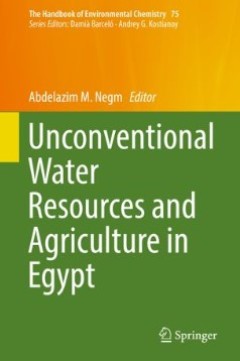
Unconventional Water Resources and Agriculture in Egypt
This unique volume presents up-to-date information and the latest research findings on unconventional water resources in Egypt and their connections to agriculture. It investigates how to cope with the severe shortage of water and how to improve the irrigation system’s efficiency. The main aspects addressed include: History of drainage and drainage projects in Egypt, Towards the integration o…
- Edisi
- -
- ISBN/ISSN
- 978-3-319-95071-6
- Deskripsi Fisik
- 535 hlm.
- Judul Seri
- The Handbook of Environmental Chemistry 75
- No. Panggil
- -
Encyclopedia of Women & Islamic Cultures : Volume V Practices, Interpretatio…
Volume V covers a broad range of research on women and Islamic cultures. It includes articles on Practices, Interpretations and Representations.
- Edisi
- -
- ISBN/ISSN
- 978-90-04-12821-7
- Deskripsi Fisik
- 608 pages
- Judul Seri
- -
- No. Panggil
- 297.57082 Jos e5
 Karya Umum
Karya Umum  Filsafat
Filsafat  Agama
Agama  Ilmu-ilmu Sosial
Ilmu-ilmu Sosial  Bahasa
Bahasa  Ilmu-ilmu Murni
Ilmu-ilmu Murni  Ilmu-ilmu Terapan
Ilmu-ilmu Terapan  Kesenian, Hiburan, dan Olahraga
Kesenian, Hiburan, dan Olahraga  Kesusastraan
Kesusastraan  Geografi dan Sejarah
Geografi dan Sejarah